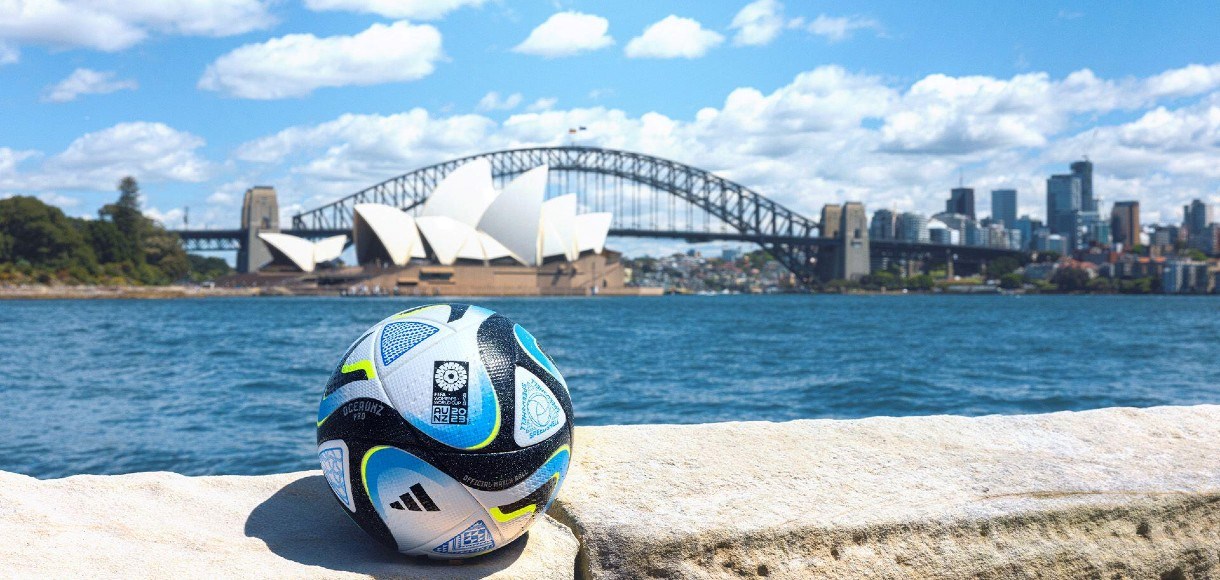Everything you need to know about the Women's World Cup
 Source: Alamy Stock Photo
Source: Alamy Stock Photo
From the schedule and groups to the odds and best players, our Women's World Cup guide explains it all.
When is the Women’s World Cup?
The 2023 FIFA Women’s World Cup begins on Thursday 20 July when co-hosts New Zealand face Norway at 08:00 BST (19:00 local time).
The group stage runs up until 3 August, when the final matches in Group H take place.
The Round of 16 takes place from 5-8 August, and the four quarter-final matches occur on 11-12 August.
The first semi-final takes place on 15 August, with the second semi-final a day later.
The third-place play-off will be played on 19 August, with the Women’s World Cup Final closing the tournament on 20 August at 11:00 BST (20:00 local time).
Where will the next Women’s World Cup be held?
The 2023 Women’s World Cup will be joint-hosted by Australia and New Zealand. The bidding process began in February 2019 with several countries registering interest, but Australia and New Zealand ultimately only faced one rival bid from Colombia. The FIFA Council vote took place on 25 June 2020, with Australia-New Zealand receiving 22 votes to Colombia’s 13, winning the right to host the World Cup.
This is the first time that Australia and New Zealand have hosted a senior FIFA tournament, and the first time that the Women’s World Cup has been hosted by joint nations.
Australia are currently fifth-favourites to win the tournament in the Women's World Cup betting, while New Zealand are considered major outsiders.
How often is the FIFA Women’s World Cup held?
The Women’s World Cup is held every four years, meaning the next tournament will take place in the summer of 2027. There are currently four potential bids to host the tournament:
- Belgium-Germany-Netherlands
- South Africa
- Brazil
- Mexico-United States
Who won the most recent FIFA Women’s World Cup?
The United States are the reigning Women’s World Cup champions, having beaten Netherlands 2-0 in the final in France in 2019.
USA are four-time Women’s World Cup winners, making them the most successful nation in the tournament’s history. Here is a list of all the winners of the Women’s World Cup:
1991: United States
1995: Norway
1999: United States
2003: Germany
2007: Germany
2011: Japan
2015: United States
2019: United States
Who is the all-time leading goalscorer in the FIFA Women’s World Cup?
Brazilian superstar Marta is the all-time leading goalscorer in Women’s World Cup history, with 17 goals. The 37-year-old has played in five Women’s World Cups and is in Brazil’s squad for the sixth time in 2023. She’s hoping to lift the trophy for the first time in what is expected to be her final tournament.
Marta is three goals clear of the next-highest scorers, Germany’s Birgit Prinz and USA’s Abby Wambach, both of whom netted 14 World Cup goals in their international careers.
How many teams participate in the FIFA Women's World Cup?
The 2023 Women’s World Cup features 32 teams from six confederations around the globe:
- 12 from UEFA (Europe): Denmark, England, France, Germany, Italy, Netherlands, Norway, Portugal, Rep. of Ireland, Spain, Sweden, Switzerland
- 6 from AFC (Asia): Australia, China, Japan, Philippines, South Korea, Vietnam
- 6 from CONCACAF (North America): Canada, Costa Rica, Haiti, Jamaica, Panama, USA
- 4 from CAF (Africa): Morocco, Nigeria, South Africa, Zambia
- 3 from CONMEBOL (South America): Argentina, Brazil, Colombia
- 1 from OFC (Oceania): New Zealand
What is the format of the FIFA Women's World Cup?
The Women’s World Cup begins with the group stage, with the 32 teams split into eight groups of four. Those groups are labelled A to H.
Groups follow a round-robin format, with each team playing all the other teams in their group once. Three points are awarded for a win, one for a draw and none for a loss.
The top two teams from each group qualify for the knockout stages, which are comprised of one-off, single-elimination matches. The knockouts start with the Round of 16, which sees the group winners face the runners-up from another group, and vice versa.
The Round of 16 features eight matches in total, with the winners progressing to the quarter-finals, followed by the semi-finals and then the Women’s World Cup final.
Knockout matches go to extra-time if they end in a draw after the regulation 90 minutes. The extra-time period is made up of two 15-minute halves. If the scoreline remains level after extra-time, the match goes to a penalty shoot-out to decide the winner.
2023 Women's World Cup groups
Group A: New Zealand, Norway, Philippines, Switzerland
Group B: Australia, Republic of Ireland, Nigeria, Canada
Group C: Spain, Costa Rica, Zambia, Japan
Group D: England, Haiti, Denmark, China
Group E: USA, Vietnam, Netherlands, Portugal
Group F: France, Jamaica, Brazil, Panama
Group G: Sweden, South Africa, Italy, Argentina
Group H: Germany, Morocco Colombia, South Korea
Who are the current favourites to win the next FIFA Women's World Cup?
The United States are the current favourites in the football betting for the Women’s World Cup. The four-time champions qualified via the CONCACAF Women’s Championship, in which they won all five of their matches without conceding a goal.
Behind them in the Women’s World Cup odds are Euro 2022 winners England, followed by Spain and Germany.
You can find the Tournament Winner market and many more outrights at the Betway Sportsbook.




































